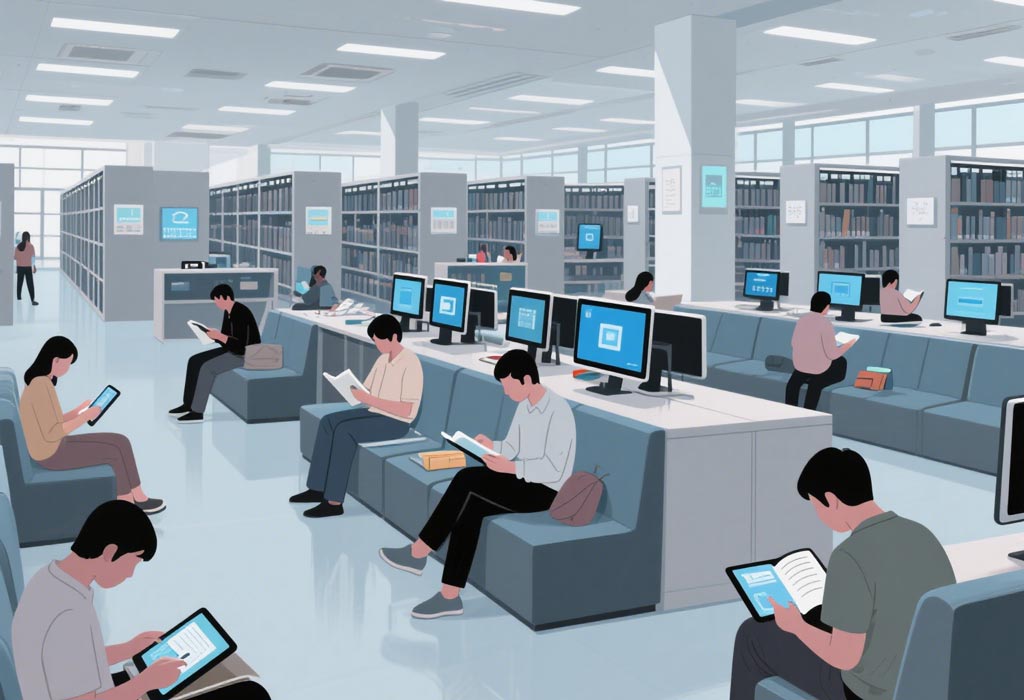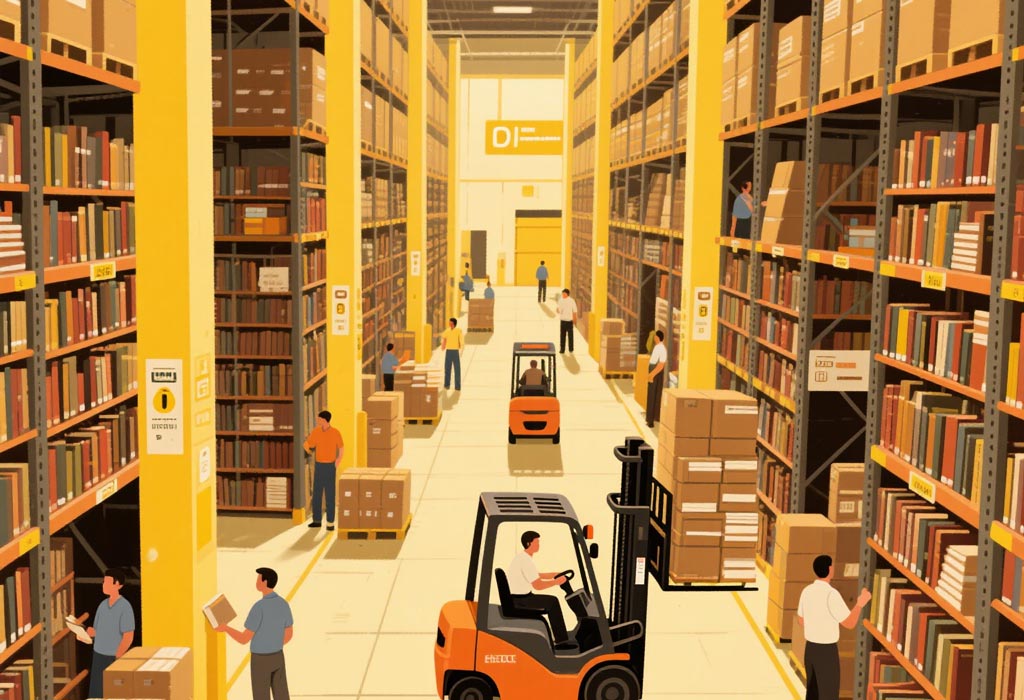1. Historical Significance of Print References
For centuries, printed reference works served as humanity’s collective memory. The Library of Alexandria’s scrolls (3rd century BCE) established early principles of knowledge curation, while medieval illuminated manuscripts like the Codex Gigas (13th century CE) blended encyclopedic content with artistic grandeur. The Gutenberg Revolution (1440) democratized access through mass-produced volumes, culminating in landmark works:
- Diderot’s Encyclopédie (1751-1772): 28 volumes challenging religious dogma
- Oxford English Dictionary (1884-1928): 70-year compilation effort
- Encyclopedia Britannica (1768-2012): 244-year print reign
These physical tomes symbolized authority but faced inherent limitations: static content, limited accessibility, and prohibitive costs (a 1911 Britannica set cost $2,000 inflation-adjusted).
2. Encyclopedia Transformation: Britannica to Wikipedia
The digital shift redefined encyclopedic knowledge:
| Metric | Britannica (1990) | Wikipedia (2023) |
|---|---|---|
| Entries | 65,000 | 6.8 million (English) |
| Contributors | 4,000 experts | 46M registered editors |
| Update Frequency | Annual | 1.9 edits/second |
| Accessibility | $1,400/year | Free |
Wikipedia’s crowdsourcing model introduced both opportunities and controversies:
- Strengths: Rapid pandemic coverage (COVID-19 article updated 4,500+ times in 2020)
- Criticisms: Systemic bias (84% editors identify as male per 2021 Wikimedia survey)
- Verification: 93% accuracy rate in STEM topics (Nature 2005) vs 72% in geopolitics (Harvard Study 2021)
3. Specialized Reference Databases
Academic research migrated to digital platforms with distinct ecosystems:
A. JSTOR:
- 12 million+ journal articles
- Moving Wall embargo system (1-5 years)
- 92% university penetration rate (2023 Ithaka S+R Report)
B. ScienceDirect:
- 19 million peer-reviewed papers
- AI-powered recommendation engine
- 45% of chemistry papers published 2020-2023
C. Emerging Models:
- OpenAlex: Open-access index tracking 243M works
- ResearchGate: Social network with 25M researcher profiles
4. Dictionary Evolution: OED Online Migration
The Oxford English Dictionary’s digital transformation (2000) exemplifies lexical adaptation:
- Dynamic Updates: 1,200 new words added quarterly (e.g., “algospeak,” “quiet quitting”)
- Advanced Features:
- Historical pronunciation guides
- Semantic timeline visualizations
- Cross-references to 3 million quotations
User-generated content platforms like Urban Dictionary (72 million definitions) challenge traditional lexicography, with linguistic scholars now analyzing its entries for sociolinguistic trends.
5. Atlas Digitization and GIS Integration
Modern cartography merged with data science:
- Google Earth Engine: Processes 60 PB of geospatial data
- Climate Mapping: NOAA’s 2023 interactive atlas tracks real-time CO₂ emissions
- Archaeological Applications: LiDAR mapping revealed 61,000 Mayan structures (2018 PACUNAM study)
Traditional paper atlas sales dropped 89% since 2000 (Rand McNally data), replaced by:
- Augmented reality navigation (Apple Maps AR)
- 3D topographic modeling (USGS 3DEP program)
6. Pharmacopeia & Medical Reference Updates
Digital platforms revolutionized clinical decision-making:
| Resource | Users | Update Cycle |
|---|---|---|
| UpToDate | 2.1 million clinicians | 72-hour peer review |
| PubMed | 4M daily searches | Real-time indexing |
| WebMD | 150M monthly visits | 48-hour fact-check |
AI integration raises new considerations:
- IBM Watson’s 2016 oncology misdiagnoses (96% error rate per STAT News)
- FDA-cleared diagnostic tools like Isabel DDx (89.3% accuracy in trials)
7. Legal Reference Systems: Westlaw vs LexisNexis
Digital legal research transformed jurisprudence:
Westlaw Edge Features:
- Quick Check™ citing authority validation
- Overruling Risk predictor (87% judicial alignment)
- 40 billion legal documents
LexisNexis AI Advancements:
- Contextual Shepard’s Signal® (precedent viability scoring)
- Brief Analysis® (motion success probability)
2023 ABA survey shows 92% attorneys rely on these platforms, reducing average case prep time from 40 to 14 hours.
8. Challenges: Information Overload & Source Validation
The digital reference landscape faces critical issues:
- Filter Failure: 4.9 million academic papers published annually (NIH 2023)
- Algorithmic Bias: 73% of Google Scholar’s top citations derive from Western institutions (Scientometrics 2022)
- Deepfake Risks: AI-generated fake studies slipping through peer review (127 retractions in 2023)
9. Hybrid Reference Models
Libraries and institutions blend physical/digital assets:
- British Library’s 2030 Strategy: Digitize 25 million pages while expanding rare book access
- University of Tokyo’s Synesthesia System: AR overlays digital annotations on physical manuscripts
10. AR/VR Applications in Reference Materials
Immersive technologies redefine engagement:
- Virtual Law Libraries: Meta’s VR courtroom simulations
- Medical HoloLens Training: 3D anatomy models with real-time vital sign integration
- Historical AR: Smithsonian’s AR-enhanced presidential papers














